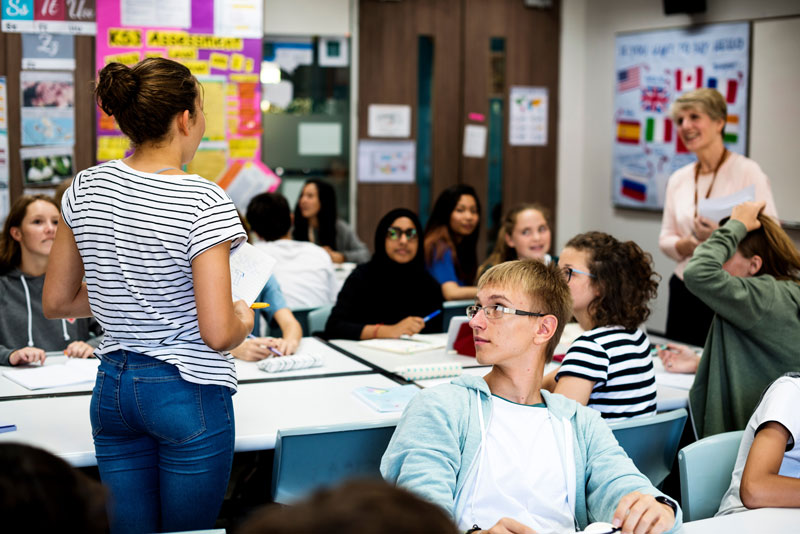
Course Choice
Many school choice programs offer parents one choice:
Which school will my child attend?
Often, that decision is made along with where to live, further limiting the available choices. However, research shows that parents consider many factors when evaluating the quality of schools, which include curriculum, facilities, safety, course offerings, core values, and more.
This means parents are forced into an “all or nothing” choice between schools—if they have a choice at all. School choice programs and homeschooling are becoming more prevalent, but even in these situations, educational options often come in a bundle unless parents have the means to pay out of pocket for tutoring and other services to customize them.
Meanwhile, most schools face pressure to be all things to all people and those in rural communities, in particular, struggle to provide a full suite of course offerings. In many communities, children are still struggling from COVID-related learning loss.

THE SOLUTION
Allow all public and homeschooled students to take up to two courses from various providers, including other school districts, charter or private schools, online platforms, employers, or colleges.
This solution would offer more flexibility and access to diverse courses, catering to individual student needs and interests. Funding follows the child to any online or
in-person provider they choose.
From AP to career-focused learning or foreign languages, every family can customize their education.
WHY IT MATTERS
Course choice…
Democratizes access to high-quality education, particularly benefiting disadvantaged or rural students.
Empowers families, diversifies educational offerings, relieves schools from exhaustive curriculum provision, and strengthens the educational choice movement.
Enhances competition, adaptability, and career readiness within the education system. It can even help the best teachers reach more children and be rewarded financially for doing so.

THE BOTTOM LINE:
By implementing course choice policies, students gain access to a broader array of courses, schools can focus on core competencies, and families become more involved in shaping their child’s education.
SOURCES:
https://www.cato.org/cato-journal/winter-2018/what-leads-successful-school-choice-programs-review-theories-evidence
https://nces.ed.gov/whatsnew/press_releases/10_17_2023.asp

Stay Informed
Sign up to receive updates about our fight for policies at the state level that restore liberty through transparency and accountability in American governance.